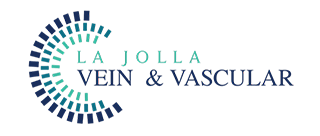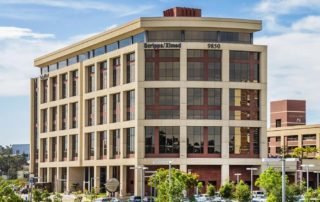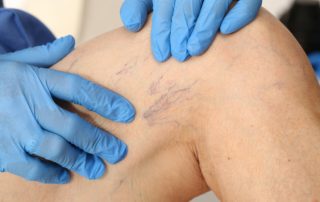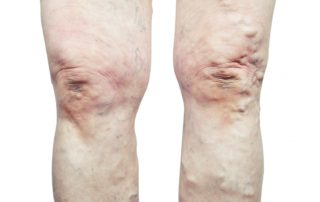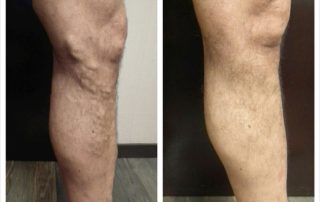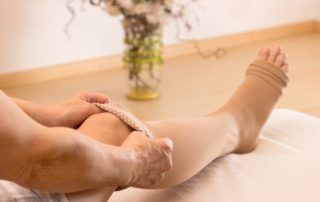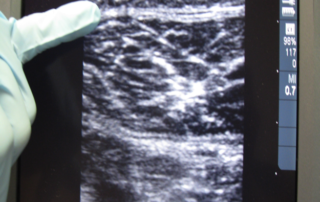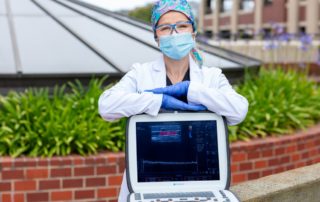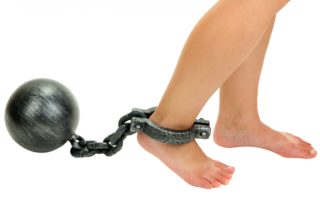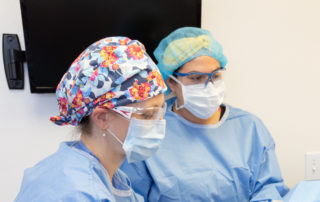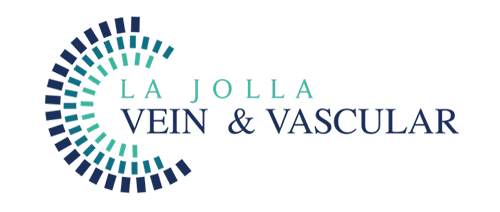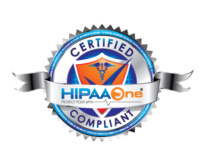Park and Wait Check-In For Your Next Appointment
As part of our Vein Care Reimagined initiative, we offer Park and Wait Check In or Curbside arrival for your next appointment. This allows you to remain in your vehicle while you wait for a scheduled appointment while the staff prepares an exam room for your visit. Between each visit, exam rooms are cleaned thoroughly […]
